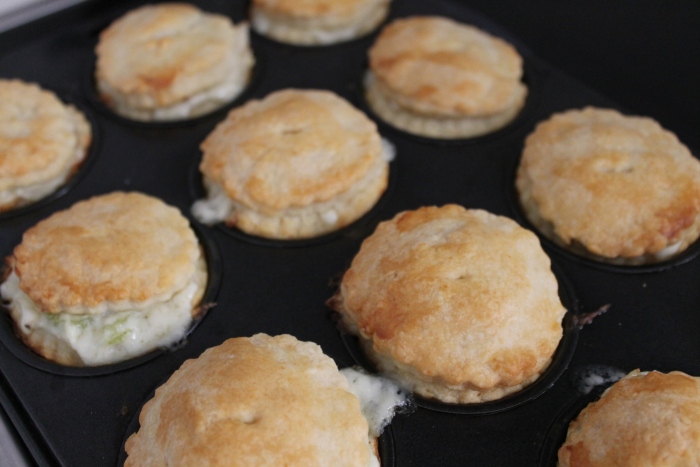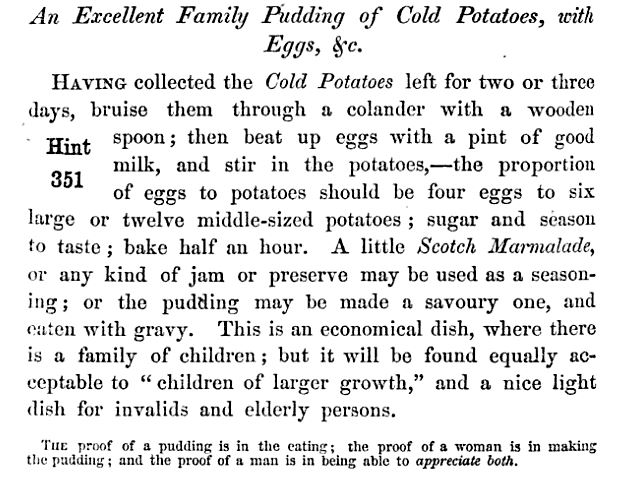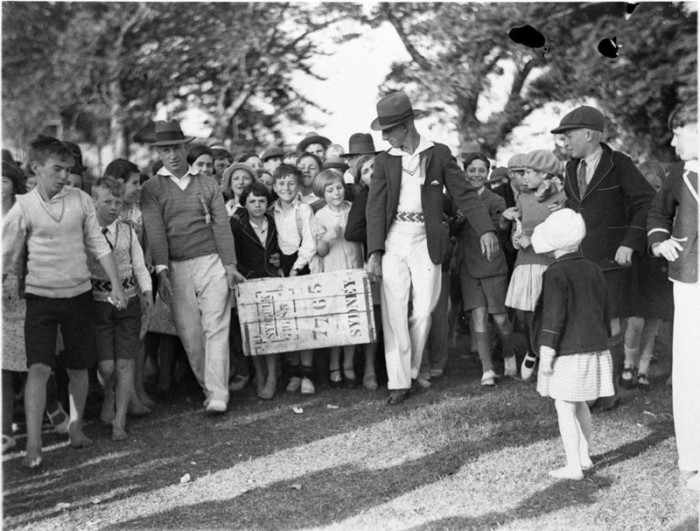
Two men carrying a box or picnic hamper to the delight of children, Sam Hood c. 1934, courtesy of the State Library of NSW.
“How we all love a picnic! Wrapped up in that one delightful word is the call of the bush, the call of the surf, fresh air and sunshine, happiness and lots of nice things to eat!”[1] Australia doesn’t have a monopoly on picnics by any means, but the great weather and natural beauty makes picnicking a popular pastime, and that’s nothing new.
Barbara Santich dedicates a whole chapter to picnics in her history of Australian food Bold Palates, and she makes the point that while early picnics were utilitarian (quick meals to break up journeys or roadside stops where there was no inn to be found), they were also a way to celebrate special occasions and even official functions. One of their great attractions was surely that they cut across social and class lines, helped along by guild picnics and cheap public transport. Santich also notes the popularity of ‘mystery hikes’ in the 1930s where bushwalkers took a train to an undisclosed location for a hike and a picnic; one of these in 1932 catered to 8000 people![2]
The recipe that I chose for this HFF challenge is from December 1933 and it’s nice to think that these picnic patties might have been taken along on a mystery hike or two. We’ve talked before about the advantages of pies, they’re easily stored, portable and great for eating on the go. These mini pies have exactly the same benefits, and can be eaten hot or cold.

The recipe was submitted as part of a competition to find recipes for picnic foods. Although the contributor, Mrs E.E. Wain of Campsie, only got a consolation prize of 2/6 the patties are probably easier to eat than the jellied rabbit which took out first prize!
[1] “Happy Ideas for Picnic Dishes.”
[2] Santich, Bold Palates: Australia’s Gastronomic Heritage, 88.
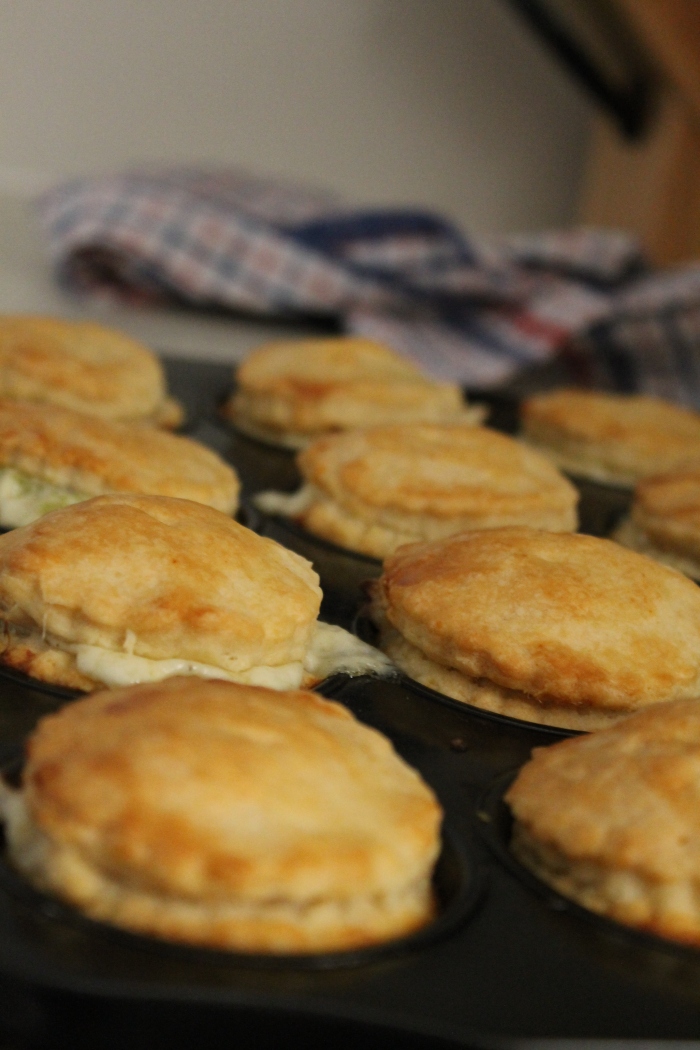
The Redaction
Picnic Patties
For the Pastry:
230g flour
3 tsp baking powder
Pinch of salt
1/2 tsp lemon juice
120g cold butter, diced
Cold water, as needed
For the filling:
1 tbsp butter
1 tbsp flour
1/2 cup stock (I used the water that I cooked the chicken in)
1/2 cup cream
Salt (and pepper)
1 cup chopped, cooked chicken (about 1 large chicken breast)
1/2 stick of celery, finely sliced
A little milk or egg wash.
- Place the flour, baking powder and salt in a medium mixing bowl. Add the lemon juice and the butter. Rub in the butter with your fingertips until it is the consistency of breadcrumbs. Add cold water a tablespoon at a time and mix gently until the pastry comes together. Be careful not to knead the pastry. Wrap the pastry in clingfilm and refrigerate until needed.
- To make the filling, melt the butter in a saucepan over medium heat. Stir in the flour. Cook for a minute and stir to remove any lumps. Add half of the stock and stir to combine, then add the other half of the stock. The mixture should be quite thick. Stir in the cream, seasonings, celery and chicken and turn off the heat.
- Preheat the oven to 190°C. Grease a cupcake pan. Roll out 2/3 of the pastry on a floured board. Cut circles from the pastry to fit the cupcake pan. Fill with the chicken mixture, then roll out the remaining pastry to cut lids. Place the lids onto the pies and press down around the edges to seal. Brush with a little milk or egg wash and use the tip of a sharp knife to make a small slit in the top of each pie.
- Bake the pies in the oven for about 20 minutes, or until golden on top.
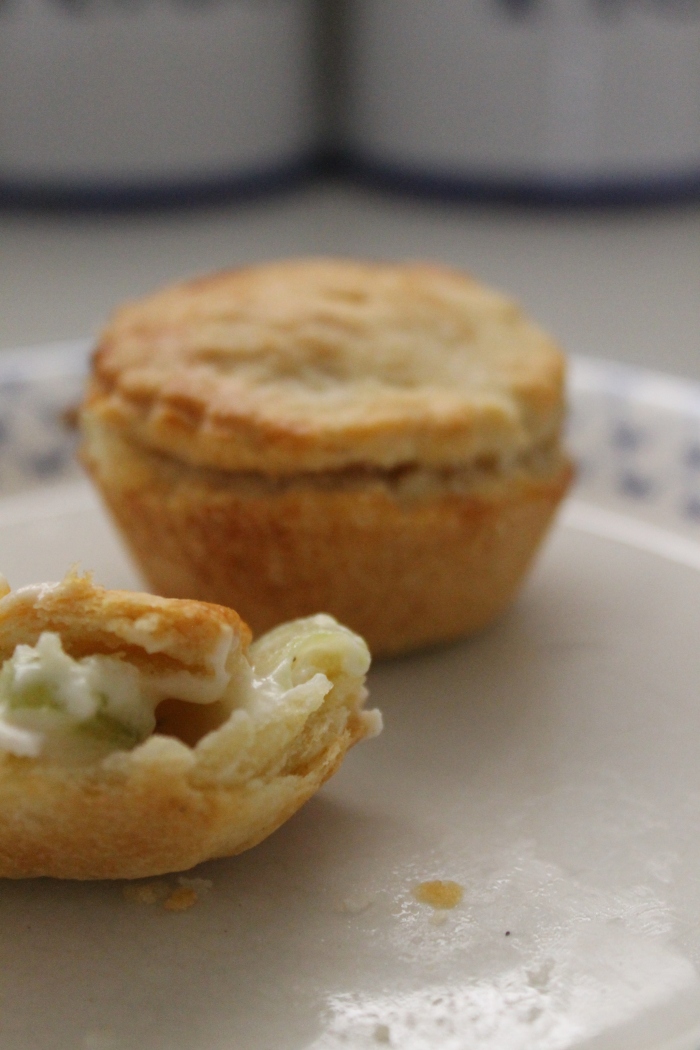 The Round-Up
The Round-Up
The Recipe: Picnic Patties (available here)
The Date: 30 December 1933
How did you make it? See above.
Time to complete?: An hour.
How successful was it?: These were very nice, if a little bland. I would have liked them with some carrots and/or peas and a bit more aggressive seasoning. I also found the pastry a bit too thick, so that the proportion of pastry to filling wasn’t quite right, but that is easily fixed.
How accurate?: The recipe doesn’t specify how to make the pastry, so I used this recipe from 1934 for Creamed Chicken Turnovers. Overall I think that these were very accurate, the only major change that I made was to use butter in the pastry instead of lard or dripping, either of which would also make a very good pastry.
References
“Happy Ideas for Picnic Dishes.” The Australian Women’s Weekly, December 30, 1933. Trove.
Santich, Barbara. Bold Palates: Australia’s Gastronomic Heritage. South Australia: Wakefield Press, 2012.
